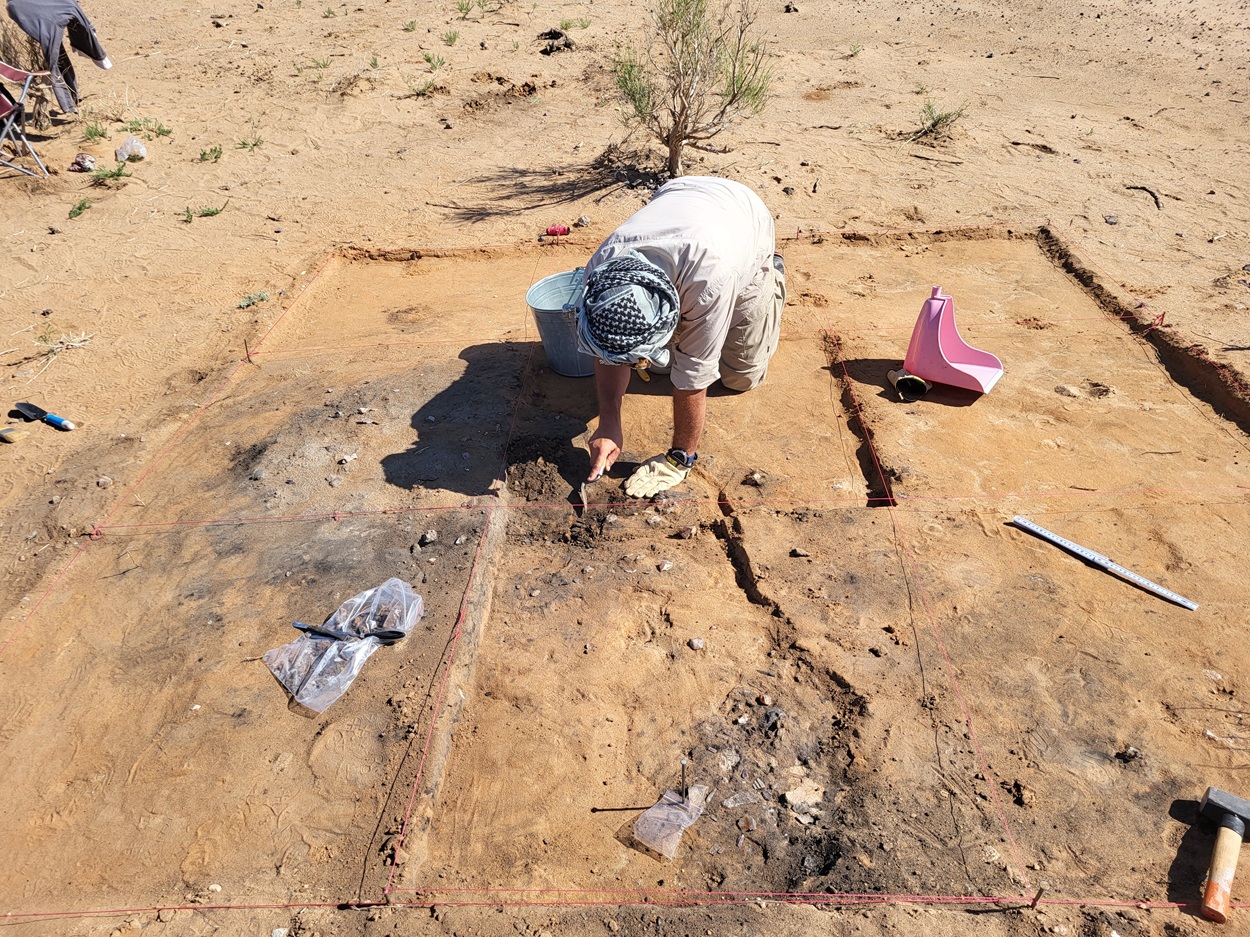According to a new study published in the journal PLOS One, the Gobi Desert, now one of the driest and most forbidding places on Earth, was once a land of lakes and wetlands that sustained human life over 8,000-years-ago.
Covering an area of 1,295,000 square kilometres (500,000 sq mi), the Gobi Desert is constantly expanding through a process known as desertification. This is most apparent on the desert’s southern edge into China, which is seeing 3,600 km2 (1,390 sq mi) of grassland overtaken every year.
However, in a new study by archaeologists from the University of Wrocław, the Gobi Desert was once a humid environment with abundant lakes favourable to human settlement.
“In the so-called Krzemienna Valley region, we managed to find remnants of a lake district, a group of paleolakes that existed here during the Pleistocene, dating back approximately 140,000 years. This is the oldest date we have been able to obtain from lake sediments. We know that from that time on, the environment supported human existence in this part of the desert, until the early and middle Holocene,” said Professor Mirosław Masojć told PAP.
Excavations have confirmed human existence with the discovery of stone artefacts associated with hunter-gatherer groups, as well as plant materials used to craft everyday objects. Researchers have also identified some of the region’s earliest pottery, dating back to around 10,500 BC, further evidence of a flourishing cultural landscape.
“The site we examined is the remains of a camp where groups of people primarily used jasper. It’s a deep red, cleavage-like rock from which tools were made, both for hunting and for processing materials after the hunt,” described Professor Masojć.
Exploration extended beyond the desert floor to the Altai Mountains, where caves served as refuges when the climate worsened. Traces of human activity there go back 27,000 years, including the discovery of a tooth from an adult male—the oldest known human fossil in Mongolia, dated to 25,000 years ago.
Header Image Credit : Prof. Mirosław Masojć
Sources : PAP





